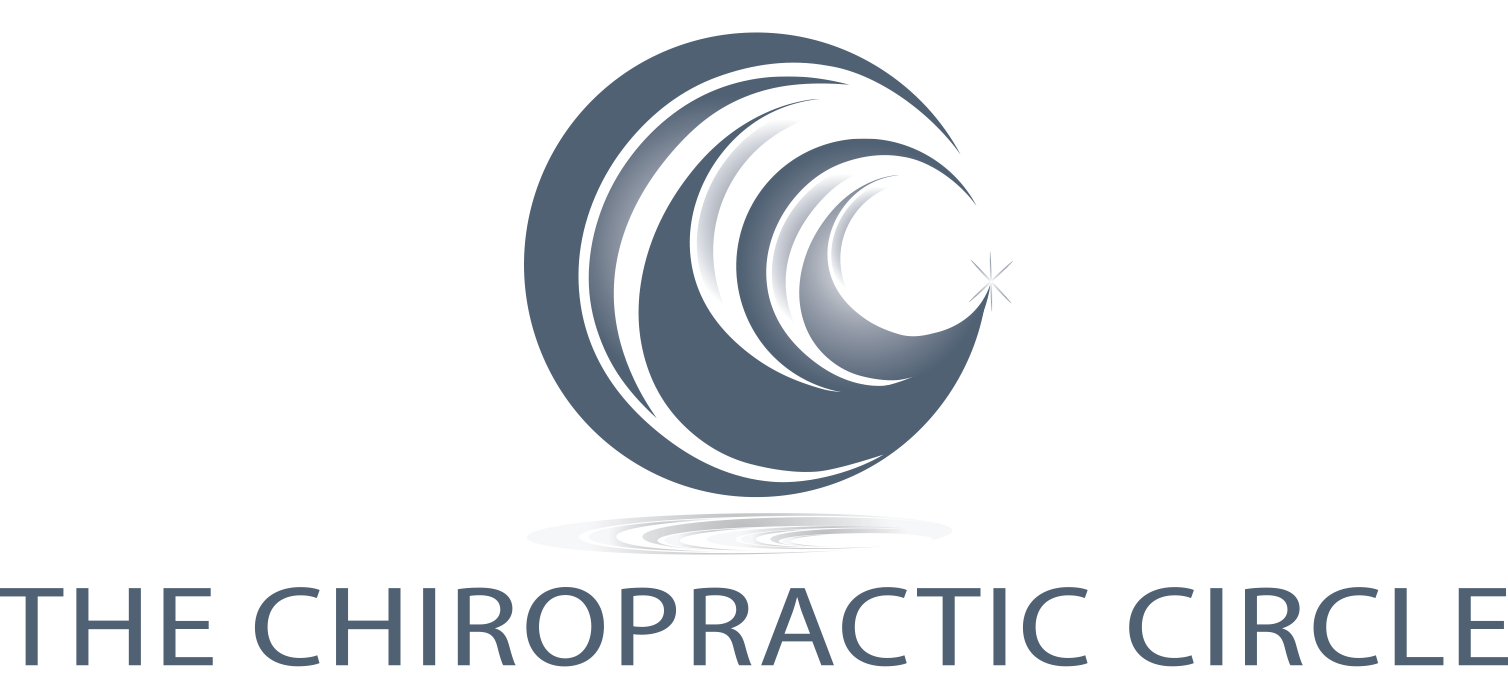Exploring the Risk and Reward of Chiropractic Care: A Scientific Perspective
Chiropractic care has gained popularity as a non-invasive and holistic approach to managing various musculoskeletal conditions. However, like any form of healthcare, it's essential to understand the potential risks and rewards associated with chiropractic interventions. In this article, we delve into the scientific evidence from randomized controlled trials (RCTs) to compare the risk-benefit profile of chiropractic care and highlight the safety measures taken by knowledgeable practitioners.
While chiropractic care is generally considered safe, there are potential risks associated with spinal manipulation and other manual therapies. Adverse events such as soreness, stiffness, and mild discomfort are relatively common and typically resolve within a few days (Rubinstein et al., 2019). In rare cases, more serious complications such as vertebral artery dissection or spinal cord injury may occur, although these events are exceedingly rare and often associated with pre-existing risk factors (Hurwitz et al., 2016).
Well-trained and knowledgeable chiropractors are adept at identifying risk factors and contraindications to spinal manipulation, thus minimizing the likelihood of adverse events. They undergo rigorous education and training, including extensive coursework in anatomy, physiology, biomechanics, and hands-on clinical experience. Additionally, chiropractors adhere to strict professional standards and guidelines to ensure patient safety and quality of care.
When considering the risks of chiropractic care, it's important to put them into perspective relative to other healthcare interventions. Research indicates that the risk of serious complications from chiropractic care is extremely low, with estimates ranging from 1 in 100,000 to 1 in several million manipulations (Rubinstein et al., 2019). In contrast, adverse events associated with commonly prescribed medications, such as nonsteroidal anti-inflammatory drugs (NSAIDs), are much more prevalent, with gastrointestinal bleeding and cardiovascular events affecting millions of patients annually (Masclee et al., 2015).
Despite the potential risks, chiropractic care boasts a favorable safety profile compared to many other healthcare interventions. A systematic review published in Spine concluded that the overall risk of serious adverse events from spinal manipulation is low, with no evidence of causation for most reported events (Hurwitz et al., 2016). Moreover, a large-scale population-based study found that the risk of vertebrobasilar stroke following chiropractic care is comparable to the risk associated with primary care physician visits (Cassidy et al., 2008).
In the realm of healthcare, informed decision-making requires a balanced assessment of risks and rewards. While chiropractic care carries potential risks, these are minimal when compared to the benefits it offers for musculoskeletal health. With proper training, expertise, and adherence to professional standards, chiropractors play a crucial role in providing safe and effective care for patients seeking natural alternatives to conventional interventions.
Bibliography:
- Cassidy, J. D., et al. (2008). Risk of Vertebrobasilar Stroke and Chiropractic Care: Results of a Population-Based Case-Control and Case-Crossover Study. Spine, 33(4 Suppl), S176–S183.
- Hurwitz, E. L., et al. (2016). Risk of Traumatic Injury Associated With Chiropractic Spinal Manipulation in Medicare Part B Beneficiaries Aged 66 to 99 Years. Spine, 41(15), 1169–1176.
- Masclee, G. M., et al. (2015). Risk and Outcomes of Gastrointestinal Complications and Bleeding Associated With Nonsteroidal Anti-Inflammatory Drugs and Antiplatelet Agents. Clinical Gastroenterology and Hepatology, 13(3), 494–503.
- Rubinstein, S. M., et al. (2019). Adverse Events Following Chiropractic Care for Subjects With Neck or Low-Back Pain: Do the Benefits Outweigh the Risks? The Journal of Manipulative and Physiological Therapeutics, 42(9), 675–683.



